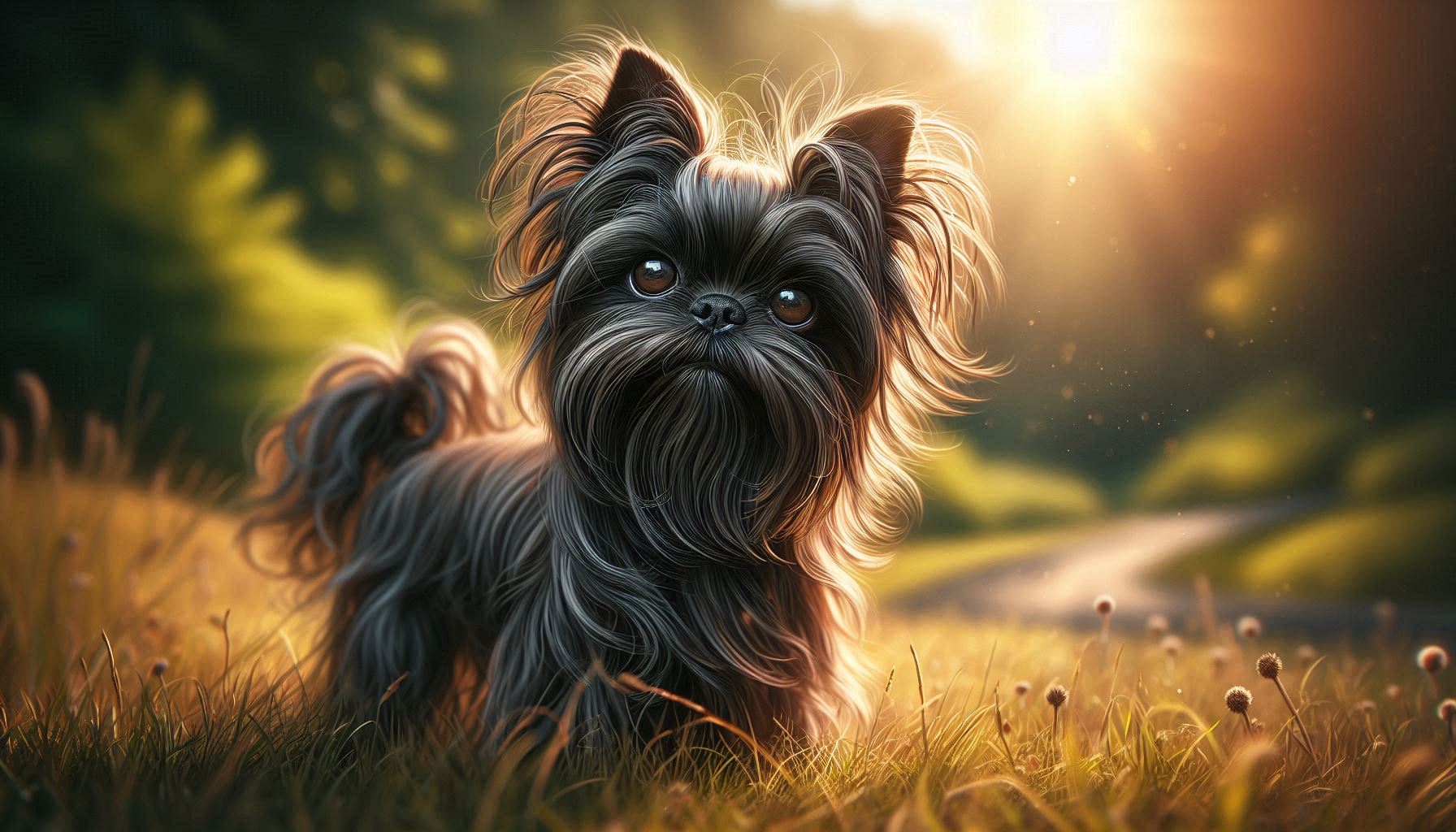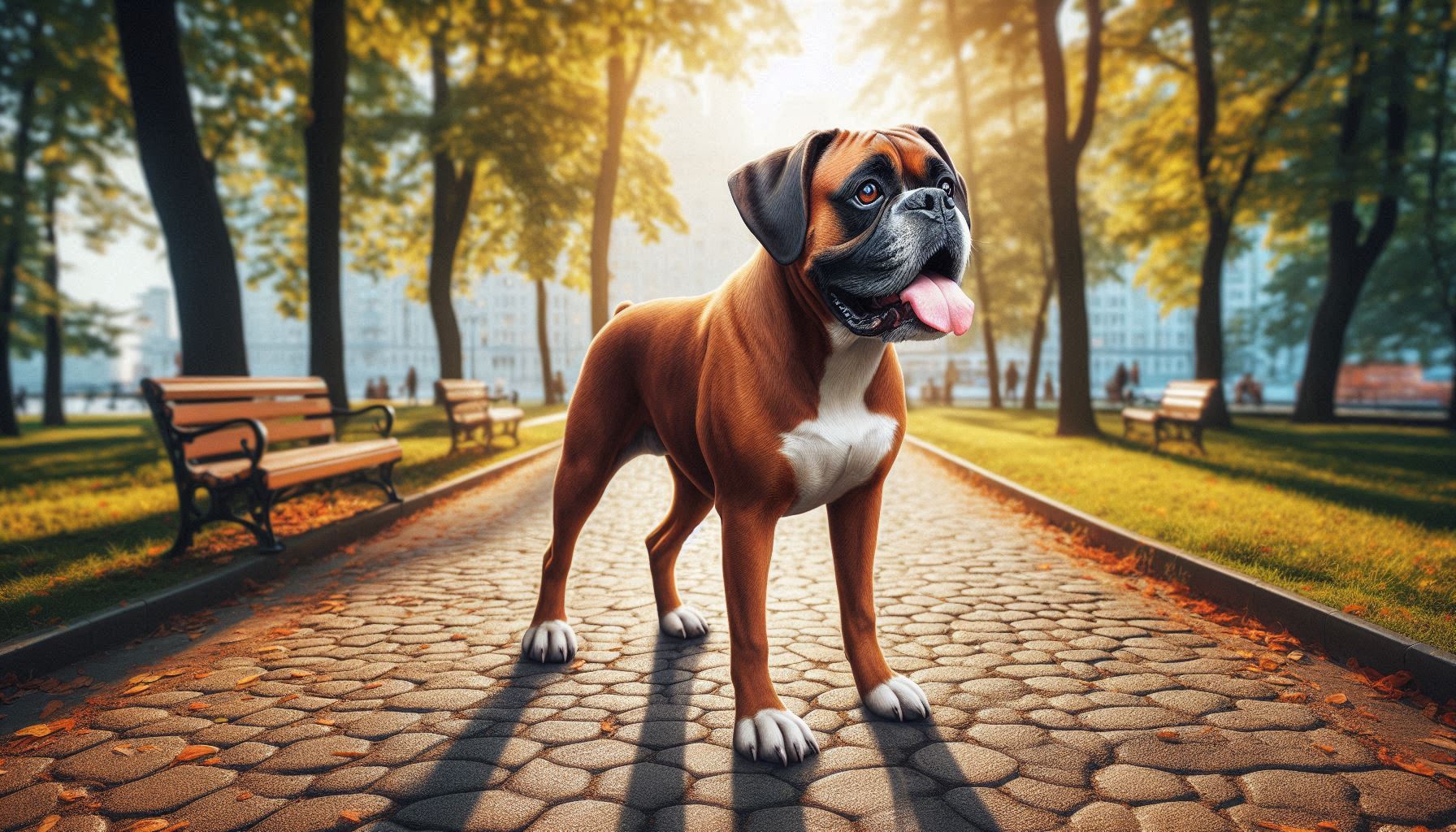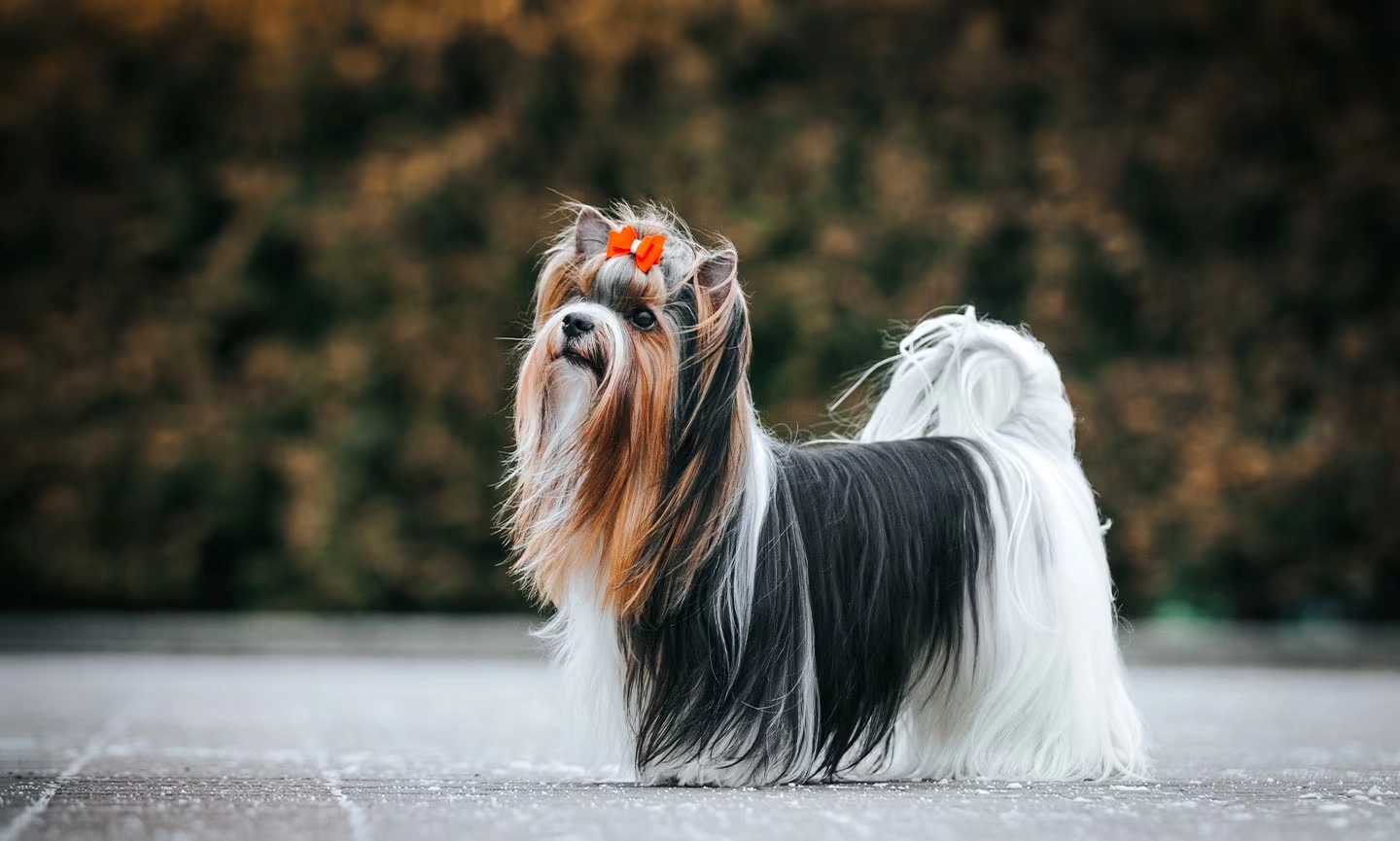Table of Contents
Hovawart Dog Breed
The Hovawart dog breed is a hidden gem among dog enthusiasts, known for its intelligence, loyalty, and versatility. Originating from Germany, this ancient breed has been cherished for centuries for its ability to guard homes, work with livestock, and serve as a devoted family companion. The Hovawart stands out with its regal appearance, athletic build, and a keen sense of responsibility. If you’re seeking a breed that combines the best of working dog qualities with a loving and protective nature, the Hovawart might be the perfect addition to your family.
Hovawart Dog History and Origin
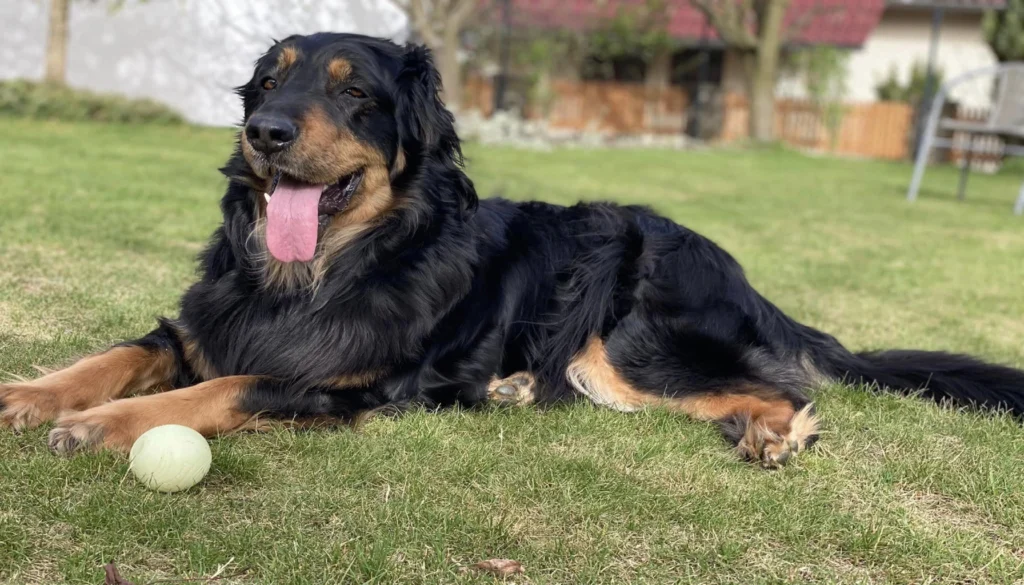
The Hovawart has a rich history that dates back to medieval Germany. The breed’s name derives from the Middle High German words Hova (yard or farm) and Wart (watchman) which perfectly encapsulates the breed’s original purpose as a guardian of homesteads. Historical records from as early as the 13th century mention dogs resembling the modern Hovawart, which were prized for their ability to protect farms from intruders and predators.
During the early 20th century, the breed faced the threat of extinction. However, dedicated breeders, including zoologist Kurt Friedrich König, revived the Hovawart by crossbreeding remaining Hovawarts with other breeds such as the German Shepherd, Newfoundland, Leonberger, and Kuvasz. This careful breeding effort restored the Hovawart’s original characteristics and ensured its survival into the modern era.
Hovawart Dog Physical Characteristics

The Hovawart is a large, powerful dog with a well proportioned, muscular build. Adult males typically stand between 25 to 28 inches tall at the shoulder, while females are slightly smaller, ranging from 23 to 26 inches. The breed’s weight varies between 55 to 90 pounds, depending on gender and overall health.
One of the most striking features of the Hovawart is its luxurious coat, which is dense, long, and slightly wavy. The coat is weather resistant, protecting the dog from harsh outdoor conditions. Hovawarts come in three recognized colors: black, black and gold, and blonde. The black variety is solid, with a deep, glossy hue, while the black and gold Hovawart features distinct tan markings on the chest, legs, and face. The blonde Hovawart, though less common, has a golden coat reminiscent of a retriever.
The breed’s expressive eyes, typically dark brown, and its strong, slightly arched neck contribute to its dignified appearance. The Hovawart’s tail is long, bushy, and carried high when the dog is alert or excited, further enhancing its majestic stance.
Temperament and Personality
Hovawarts are known for their exceptional temperament, which balances protectiveness with affection. As a breed developed for guarding, they are naturally wary of strangers and possess a strong territorial instinct. However, once they recognize someone as a friend, Hovawarts are incredibly loyal and loving.
This breed thrives in a family environment and forms strong bonds with its owners. Hovawarts are particularly good with children, displaying patience and gentleness. They are also known to get along well with other pets, especially if socialized from a young age.
Hovawarts are intelligent and independent thinkers, which can sometimes be mistaken for stubbornness. However, their independence is a testament to their history as working dogs, accustomed to making decisions on their own. With the right training and socialization, Hovawarts can excel in various roles, from family companion to therapy dog or even search and rescue work.
Health and Lifespan
The Hovawart is generally a healthy breed with a lifespan of 10 to 14 years. However, like all breeds, they are prone to certain health issues. Some of the common health concerns in Hovawarts include:
- Hip Dysplasia: A hereditary condition where the hip joint doesn’t fit properly into the hip socket, leading to pain and arthritis.
- Elbow Dysplasia: A similar condition affecting the elbows, common in large breeds.
- Hypothyroidism: A condition where the thyroid gland doesn’t produce enough hormones, leading to symptoms like weight gain, lethargy, and skin issues.
- Bloat (Gastric Dilatation-Volvulus): A life-threatening condition where the stomach fills with gas and twists, requiring immediate veterinary attention.
To ensure a Hovawart remains healthy, regular veterinary check ups are essential. It’s also important to provide a balanced diet, regular exercise, and maintain a healthy weight to reduce the risk of joint problems.
Care and Grooming
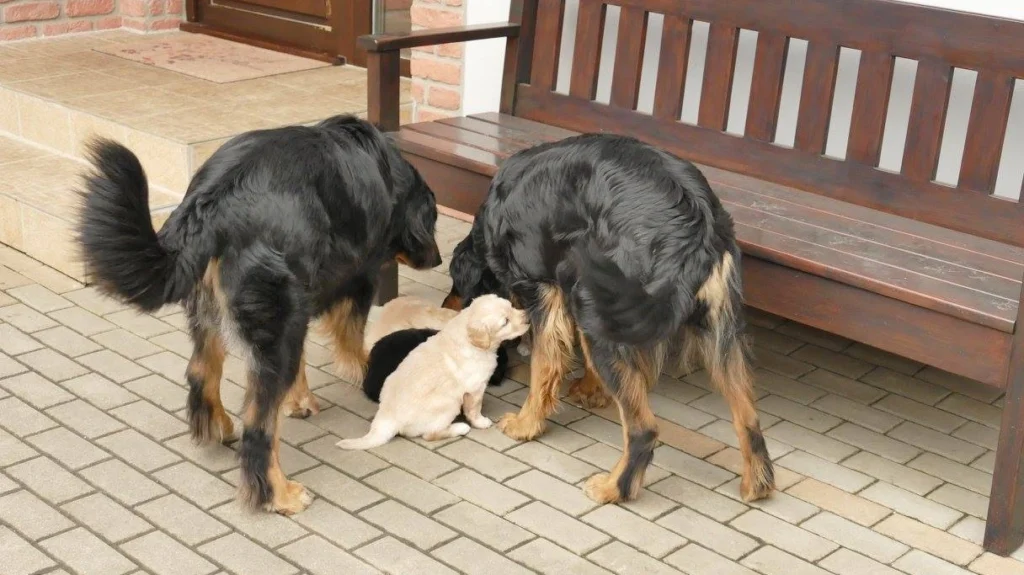
Caring for a Hovawart requires attention to both physical and mental needs. Given their working dog heritage, Hovawarts are active and require regular exercise to keep them happy and healthy. Daily walks, playtime, and mental stimulation through training or puzzle toys are essential.
Grooming a Hovawart is relatively straightforward, but due to their long coat, they require regular brushing to prevent matting and reduce shedding. Brushing at least twice a week is recommended, with more frequent grooming during shedding seasons. Regular checks of the ears, teeth, and nails should also be part of the grooming routine.
Bathing should be done as needed, typically every few months unless the dog gets particularly dirty. It’s also important to keep their ears clean and dry to prevent infections, especially in a breed with long ears like the Hovawart.
Training and Socialization
Training a Hovawart can be a rewarding experience, but it requires patience and consistency. Due to their intelligence and independent nature, they respond best to positive reinforcement techniques, such as treats, praise, and play. Harsh training methods can lead to resistance or anxiety, so a gentle yet firm approach is best.
Socialization is crucial for Hovawarts, especially during puppyhood. Exposing them to various environments, people, and other animals will help them develop into well rounded adults. Given their protective instincts, early socialization helps ensure they can distinguish between normal and threatening situations.
Obedience training is essential, particularly because of the breed’s size and strength. Teaching basic commands like sit, stay, come, and heel will make managing a Hovawart easier and safer. Advanced training in activities like agility, tracking, or obedience competitions can also provide the mental and physical stimulation this breed craves.
Suitability as a Family Pet

The Hovawart is an excellent choice for families, especially those with an active lifestyle. They are well suited to homes with ample space, such as a house with a yard, where they can roam and play. While they can adapt to apartment living, it requires a commitment to providing enough exercise and mental stimulation.
Hovawarts are known for their protective nature, making them excellent watchdogs. However, this trait also means they need owners who can provide clear leadership and training to prevent overly aggressive guarding behavior.
For families with children, the Hovawart’s gentle and patient demeanor is a major asset. They are typically tolerant of kids’ antics and can be a steadfast playmate. However, as with any large dog, supervision is advised to ensure play remains safe for both the dog and the children.
Fun Facts and Trivia
- Ancient Lineage: The Hovawart is one of the oldest dog breeds in Germany, with records dating back over 700 years.
- Versatile Worker: Hovawarts have been used for various tasks, including guarding, search and rescue, and even therapy work.
- Renaissance Revival: The breed was nearly extinct by the early 1900s, but a dedicated effort by German breeders helped restore it to its former glory.
- Distinct Coat Colors: The three recognized colors black black and gold, and blonde give Hovawarts a unique and striking appearance.
- Family Oriented: Hovawarts are known for their strong family bonds and often choose one family member as their favorite.
Dog Breeds Similar to Hovawart
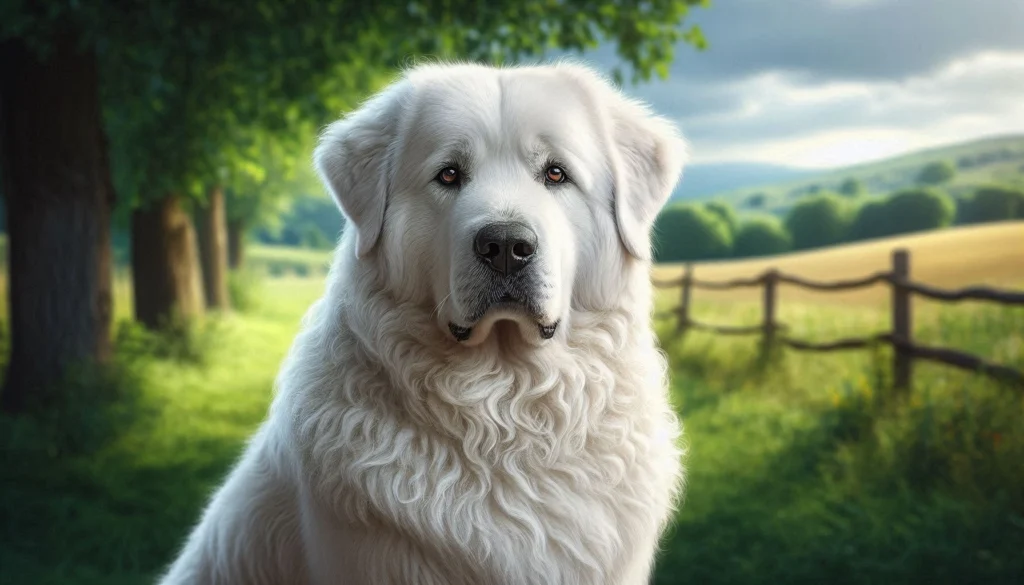
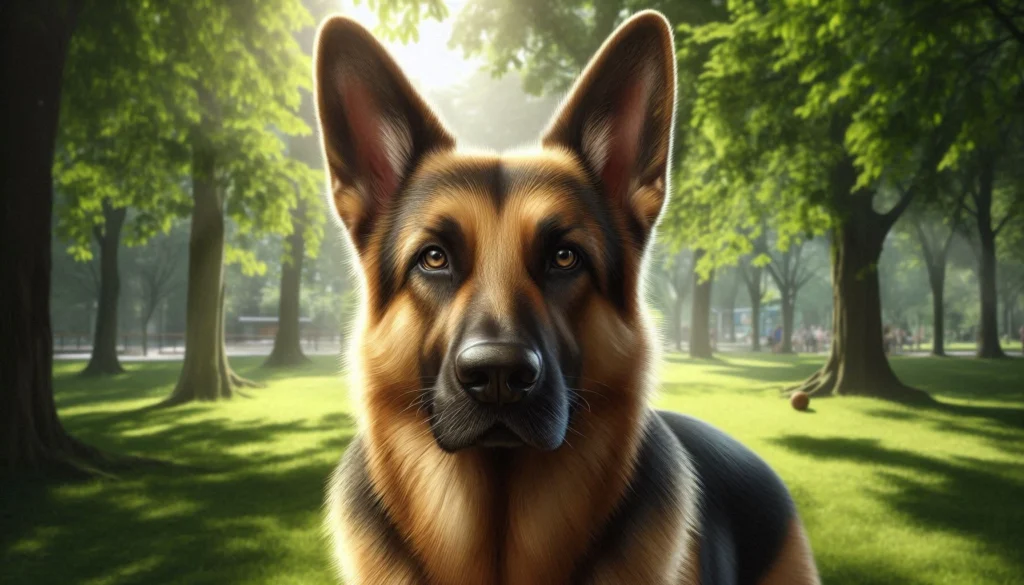
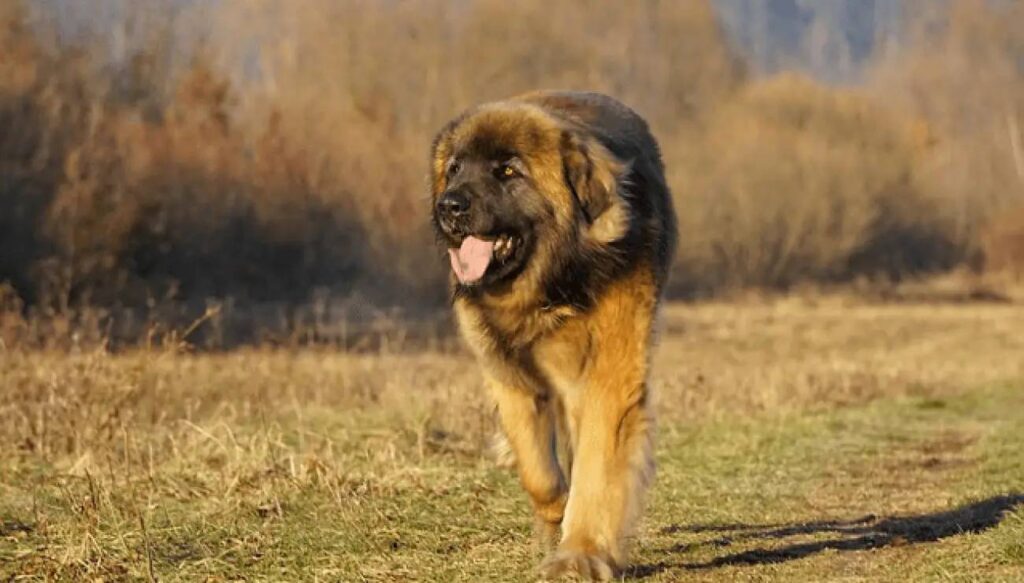
- German Shepherd: Known for their intelligence, versatility, and protective nature, German Shepherds share many traits with Hovawarts. Both breeds are excellent working dogs and loyal companions.
- Leonberger: Like the Hovawart, the Leonberger is a large, gentle breed with a strong guarding instinct. They are known for their friendly demeanor and are often used as therapy dogs.
- Kuvasz: Originating from Hungary, the Kuvasz is a large, white guard dog known for its independence and protective nature. It shares the Hovawart’s strong guarding instincts and loyalty to its family.
Conclusion
The Hovawart is a remarkable breed that combines the best traits of a working dog with the warmth and affection of a family pet. With its rich history, striking appearance, and loyal nature, the Hovawart makes an excellent companion for those who can meet its needs. Whether you’re looking for a dedicated guard dog, a playful family member, or an intelligent partner in various dog sports, the Hovawart is a breed worth considering.
If you’re intrigued by this unique breed, take the time to learn more about its care requirements and find a reputable breeder or rescue organization. Bringing a Hovawart into your home is a commitment, but one that will be rewarded with years of companionship, love, and protection.
FAQs
Is the Hovawart a dangerous dog?
No, the Hovawart is not inherently dangerous. While they have a strong protective instinct, they are known for their loyalty and gentle nature with family members, including children. Proper training and socialization are essential to ensure they are well behaved and can distinguish between real threats and normal social interactions.
Is the Hovawart the best guard dog to protect my family?
The Hovawart is an excellent guard dog due to its natural instincts to protect and its strong territorial sense. They are vigilant and courageous, making them highly effective at guarding homes and families. However, their effectiveness as a guard dog depends on proper training, socialization, and a clear understanding of their role within the family.

